Overview
Map
Other Details
دير سيّدة هابيل البطريركيّ
Habil
Jbeil
Mount Lebanon
دير سيّدة هابيل البطريركيّ - هابيل البناء يعود لأواخر الحقبة البيزنطيّة، إنتقل إليه البطريرك يوحنا اللحفدي في القرن الثاني عشر وبقي مقرًّا بطريركيًّا الى عهد البطريرك إرميا العمشيتي. البناء كناية عن بقايا ديرٍ مع أقبية وأروقة، لم يسلم منه سوى الكنيسة وهي عقدٍ سريريّ بخوروسين، رُمّمت سنة ٢٠١٢. The patriarchal monastery of our Lady of Habil - Habil The church was first built during the Byzantine era. During the XIIth century patriarch Youhanna el Lehfedy made it his patriarchal seat, and it remained that way until the reign of patriarch Jeremiah of Amshyt. What remains of the patriarchal seat are the ruins of old crypts, the church still stands: it is a cribed vault with two choirs and two semi circular apses. The church was restored in 2012.
Visited 2302 times, 7 Visits today


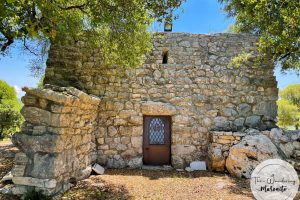
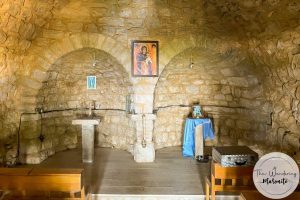
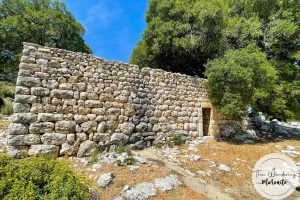
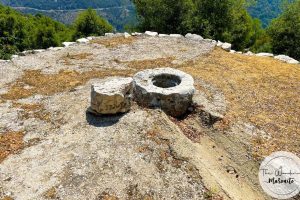
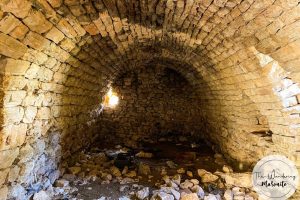
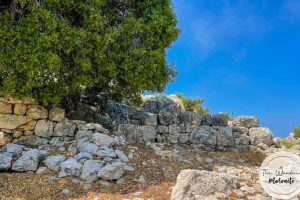
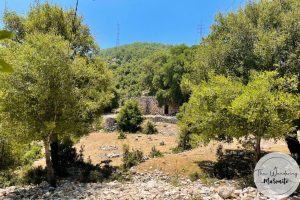
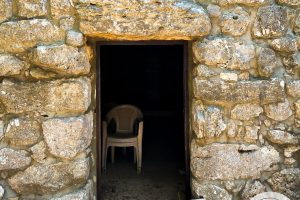
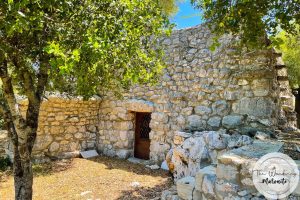









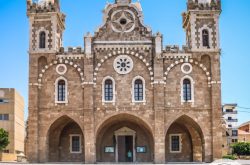

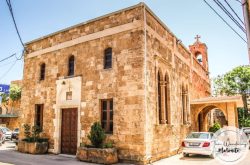
Reviews are disabled, but trackbacks and pingbacks are open.